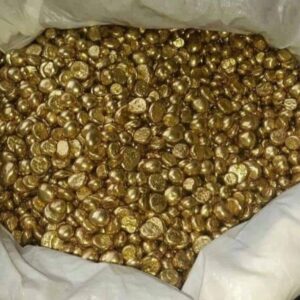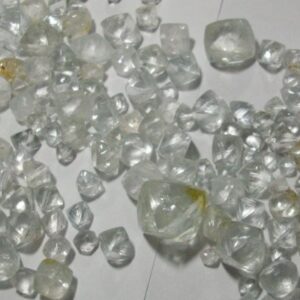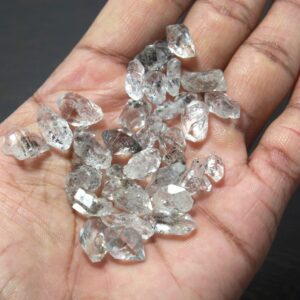Overview
Gold, a soft, shiny, and highly valued yellow metal, has captivated humans for over 4,500 years. Its name, though of unknown meaning, originates from Anglo-Saxon roots, and its chemical symbol, Au, is derived from the Latin word “aurum.” Known for its unique characteristics and diverse applications, gold is prized not only for its beauty but also for its practical uses in various industries.
Properties
Gold is renowned for being the most malleable and ductile of all metals, capable of being stretched and shaped without breaking. It can be hammered into extremely thin films, just a few microns thick. Additionally, gold is an excellent conductor of heat and electricity, making it ideal for precision applications. Despite its versatility, pure gold is soft, so it must often be alloyed with other metals to increase its strength for most practical uses.
Uses and Applications
Gold’s unique properties allow it to serve a broad range of applications:
- Monetary Standard: Gold has long been used as currency and remains a standard for many global monetary systems.
- Jewelry: Its luster, rarity, and timeless appeal make gold a top choice for fine jewelry.
- Dental Work: Gold’s biocompatibility and durability make it suitable for dental applications.
- Electronics: Gold’s conductivity and resistance to corrosion make it valuable in electrical contacts, wires, and sensitive electronic components.
- Photography & Glass Coating: Gold is used as a colored coating in specialized glass and certain types of photography.
- Space Technology: Due to its heat-reflective abilities, gold plating is often used on spacecraft to protect them from extreme temperatures.
- Medicine: A radioactive isotope of gold plays a role in cancer treatments, and gold compounds are sometimes used to manage rheumatoid arthritis.




















Reviews
There are no reviews yet.